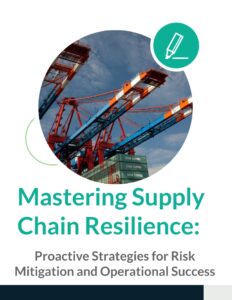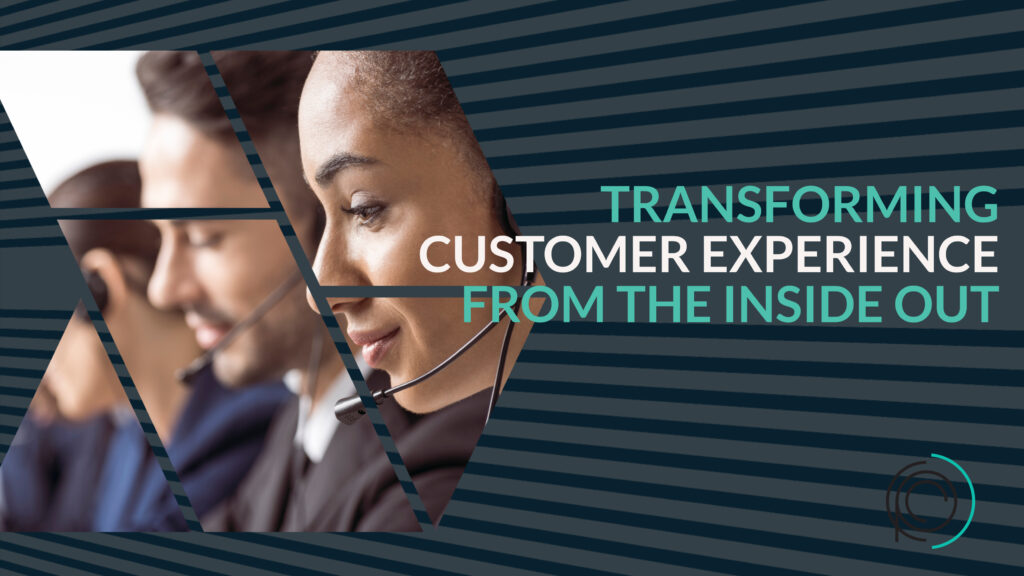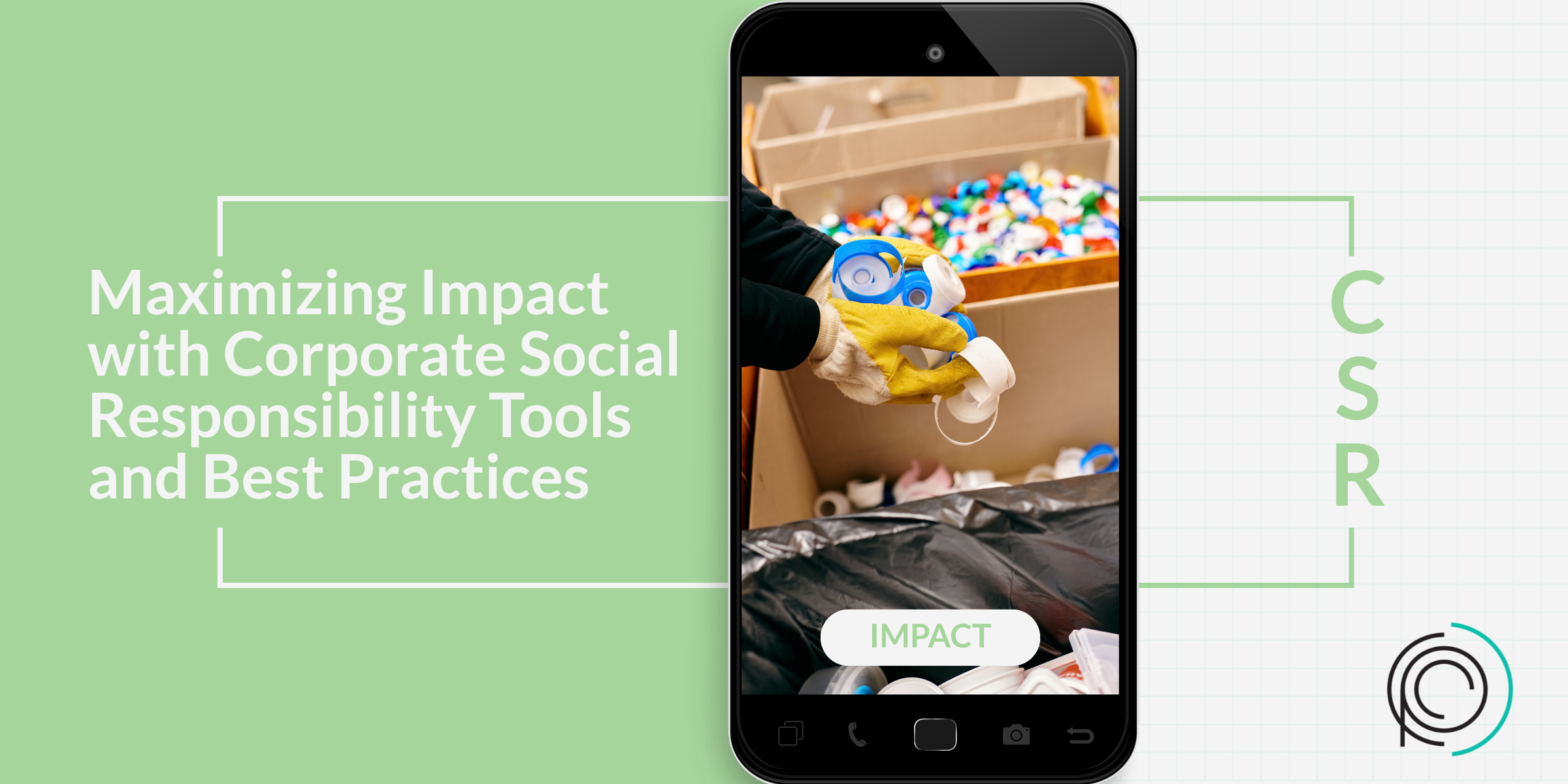Delivering an exceptional customer experience has become the standard expectation of today’s consumers. Businesses often direct their efforts toward external strategies to boost customer satisfaction—advertising campaigns, loyalty programs, and enhanced service protocols are just a few examples. However, the real magic happens when organizations shift their focus inward.
This blog post will delve into the various ways corporations can significantly enhance customer experience by optimizing internal operations. From streamlining communication channels to fostering collaboration among teams, it’s vital to create an environment where every employee understands their role in delivering value to the customer. Furthermore, equipping teams with the right tools and resources—such as advanced customer relationship management systems and comprehensive training programs—can empower them to meet and exceed customer expectations effectively.
We’ll cover a range of strategies that emphasize the importance of a customer-centric culture, providing practical advice to help businesses cultivate this mindset from within. By prioritizing internal improvements and aligning organizational goals with customer needs, companies can create a powerful synergy that not only delights customers but also drives long-term success and loyalty.
Why Internal Operations Matter for Customer Experience
When improving customer satisfaction, internal operations might not be the first thing that comes to mind. While it may seem that customers are only concerned with the direct interactions they have with a company, the reality is that they are often perceptive of internal dysfunctions. Customers may not articulate their awareness, but signs of disorganization, lack of communication, and inefficient processes can manifest in their experience. For instance, delays in service delivery, errors in order fulfillment, or inconsistent messages can sour customer interactions and perceptions of a brand.
One of the most crucial aspects of customer engagement is the collection of accurate and relevant information. However, repeatedly asking customers for the same details can lead to frustration and dissatisfaction. This annoyance often stems from a perception of inefficiency or a lack of respect for their time. Customers may interpret these repeated requests as a sign that the organization is disorganized or incapable of effectively managing their data, which can adversely affect their overall experience.
Moreover, this repetitive information request can erode trust and diminish customer loyalty. When customers feel that their interactions with a company are more about data collection than genuine engagement, they may be less inclined to continue their relationship. Companies should strive to implement robust data management systems and practices to ensure that information is collected once, stored securely, and utilized effectively. By streamlining this process, businesses can enhance their operational efficiency while also improving customer satisfaction, ultimately cultivating a more positive customer experience.
Therefore, it is critical for businesses to recognize that internal operations are not merely back-end functions; they play a pivotal role in shaping customer perceptions and satisfaction. By addressing and resolving internal issues, organizations can create a seamless customer journey that fosters trust and loyalty.
The Ripple Effect of Operational Efficiency
Efficient and well-coordinated internal processes can significantly impact your team’s ability to serve clients. Employees who understand their roles and have the resources they need can provide better service, leading to higher customer satisfaction and loyalty.
Operational efficiency doesn’t just benefit your bottom line; it also creates a smoother experience for your customers. When your team can perform their tasks without unnecessary hurdles, they can focus their energy on providing excellent service. This ripple effect leads to faster response times, fewer errors, and a more satisfying customer experience.
Employee Satisfaction Equals Customer Satisfaction
Happy employees are more inclined to exceed customer expectations. When employees feel valued, supported, and empowered, they are more likely to go above and beyond to ensure customer satisfaction. By creating a positive work environment that prioritizes employee well-being and satisfaction, businesses can indirectly enhance the overall customer experience.
Moreover, happy employees are also more likely to stay with the company longer, leading to reduced turnover rates and increased institutional knowledge. This continuity benefits both internal operations and customers as it ensures consistency in service delivery and communication.
Effective collaboration among teams is crucial for delivering exceptional customer experience. Silos within an organization can lead to disjointed processes, conflicting messages, and ultimately a fragmented customer journey. By fostering open communication channels and encouraging cross-functional collaboration, companies can break down these barriers and create a unified front that delivers a seamless customer experience.
By prioritizing your team’s well-being and cultivating a positive work environment, you lay the groundwork for outstanding customer service. Research indicates that companies with high employee satisfaction often enjoy elevated customer satisfaction ratings as well.
Equipping Your Team with the Right Tools
The tools and resources you provide your team can make all the difference in their ability to serve customers effectively. From technology to training, investing in the right tools is essential for creating a customer-centric culture. Robust customer relationship management systems, communication tools, and training programs all contribute to equipping your team with the necessary resources for success.
Customer Relationship Management (CRM) Systems
A robust CRM system can help your team keep track of customer interactions, preferences, and issues. With all this information at their fingertips, employees can provide personalized service and address problems more efficiently. CRM systems also enable better collaboration across departments, ensuring everyone has access to the same information.
Communication Tools
Clear and effective communication is crucial for delivering excellent customer service. Providing your team with modern communication tools, such as instant messaging apps and video conferencing software, can help them stay connected and collaborate more effectively. These tools can also streamline communication with customers, making it easier to address their needs promptly.
Training and Development Programs
Continuous training and development are essential for keeping your team up-to-date with the latest industry trends and best practices. By investing in regular training programs, you can ensure that your employees have the skills and knowledge they need to excel in their roles. This not only improves their performance but also boosts their confidence and motivation.
The Role of Chatbots in Enhancing Customer Experience
Chatbots have emerged as a pivotal tool in modern customer service, providing immediate assistance and support around the clock. These automated systems harness artificial intelligence to interact with customers, offering them quick responses to inquiries and efficiently handling common issues. By integrating chatbots into their service frameworks, businesses can dramatically reduce response times, ensuring that customers receive timely assistance without the traditional delays associated with human representatives.
Moreover, chatbots can enhance operational efficiency by handling a large volume of requests simultaneously, freeing up human agents to focus on more complex or nuanced customer interactions. This not only optimizes resource allocation within the team but also improves the overall customer experience by ensuring that queries are addressed promptly and accurately. As organizations continue to explore innovative ways to connect with their customers, the strategic implementation of chatbots presents an effective solution for cultivating satisfaction and loyalty in an increasingly competitive landscape.
Creating a Customer-Centric Culture
A customer-centric culture is one where every employee, from leadership to support staff, understands the paramount importance of customer satisfaction and is wholeheartedly committed to delivering exceptional service at every touchpoint. This culture not only focuses on meeting customer needs but also anticipates them, fostering long-term loyalty and trust. Building this culture requires a combination of strong leadership that models customer-first behavior, clear and transparent communication that outlines expectations and values, and consistent reinforcement of customer-focused principles through training and recognition programs. By embedding these practices into the organizational framework, companies can create an environment where every team member feels empowered to contribute to a positive customer experience, ultimately driving success and growth.
Leading by Example
As we mentioned above, leadership plays a crucial role in shaping an organization’s culture. Your team is watching you and your behavior whether you realize it or not. When leaders prioritize customer satisfaction and demonstrate a commitment to providing excellent service, employees are more likely to follow suit. Encourage your leadership team to lead by example and consistently reinforce the importance of putting the customer first.
Aligning Goals and Incentives
Incentives serve as an effective way to highlight the significance of a positive customer experience. By aligning your team’s goals and incentives with customer satisfaction, you reinforce the value of delivering exceptional service while providing tangible rewards for excellence. Consider integrating customer satisfaction metrics into performance reviews and recognizing employees who go above and beyond in serving customers with rewards or acknowledgment.
Encouraging Employee Feedback
Who better to understand customer interactions than your employees on the front lines? Their insights and feedback are crucial for enhancing your business’s ability to deliver exceptional customer experiences and respond effectively to customer requests. Encourage your team to share their ideas and suggestions for improving customer experience. By actively listening to their input and implementing their recommendations, you can foster a culture of continuous improvement and innovation.
Leveraging Data to Drive Improvements
Data is a powerful tool for understanding customer needs and identifying areas for improvement. By leveraging data analytics, you can gain valuable insights into customer behavior, preferences, and pain points, allowing you to make informed decisions and enhance your customer experience.
Collecting Customer Feedback
Regularly collecting customer feedback is essential for understanding their needs and expectations. Use surveys, interviews, and social media monitoring to gather insights into their experiences with your brand. This feedback can help you identify trends, spot potential issues, and make necessary adjustments to improve customer satisfaction.
Analyzing Performance Metrics
Track key performance metrics, such as response times, resolution rates, and customer satisfaction scores, to assess your team’s performance and identify areas for improvement. By regularly reviewing these metrics, you can ensure that your team is meeting customer expectations and maintaining high standards of service.
Implementing Data-Driven Strategies
Use the insights gained from data analysis to develop and implement strategies for enhancing customer experience. Whether it’s refining your processes, introducing new tools, or providing additional training, data-driven decision-making can help you make more informed choices and drive continuous improvement.
Fostering a Sense of Community Among Employees
I cannot emphasize this point enough: a strong sense of community among employees can profoundly influence their engagement and motivation. Fostering a collaborative and supportive work environment can cultivate a team dedicated to providing exceptional customer service. When employees are satisfied with their work, their colleagues, and their roles, they are more likely to deliver outstanding results.
Team-Building Activities
Organize regular team-building activities to strengthen relationships and promote collaboration among employees. These activities can help break down barriers, build trust, and create a sense of camaraderie, ultimately leading to a more cohesive and motivated team.
Recognizing and Celebrating Achievements
Regularly recognizing and celebrating employee achievements can boost morale and motivation. Whether it’s through formal awards or informal shout-outs, acknowledging your team’s hard work and dedication can create a positive and supportive work environment.
Promoting Work-Life Balance
Supporting your employees’ work-life balance is essential for their well-being and job satisfaction. Encourage flexible working arrangements, provide opportunities for professional development, and offer resources for managing stress. By prioritizing your team’s well-being, you can create a more engaged and productive workforce.
Conclusion
Enhancing customer experience from the inside out is a powerful strategy for achieving long-term success. By focusing on internal operations, equipping your team with the right tools, and fostering a customer-centric culture, you can create a foundation for delivering exceptional service.
Remember, happy employees lead to happy customers. By investing in your team’s well-being and development, you can ensure that they are motivated and equipped to provide the best possible experience for your clients.
If you’re ready to take your customer experience to the next level, consider partnering with us. Our team of experts can help you identify areas for improvement, implement effective strategies, and create a culture that prioritizes customer satisfaction. Get in touch today to learn more about how we can support your business in achieving its goals.







